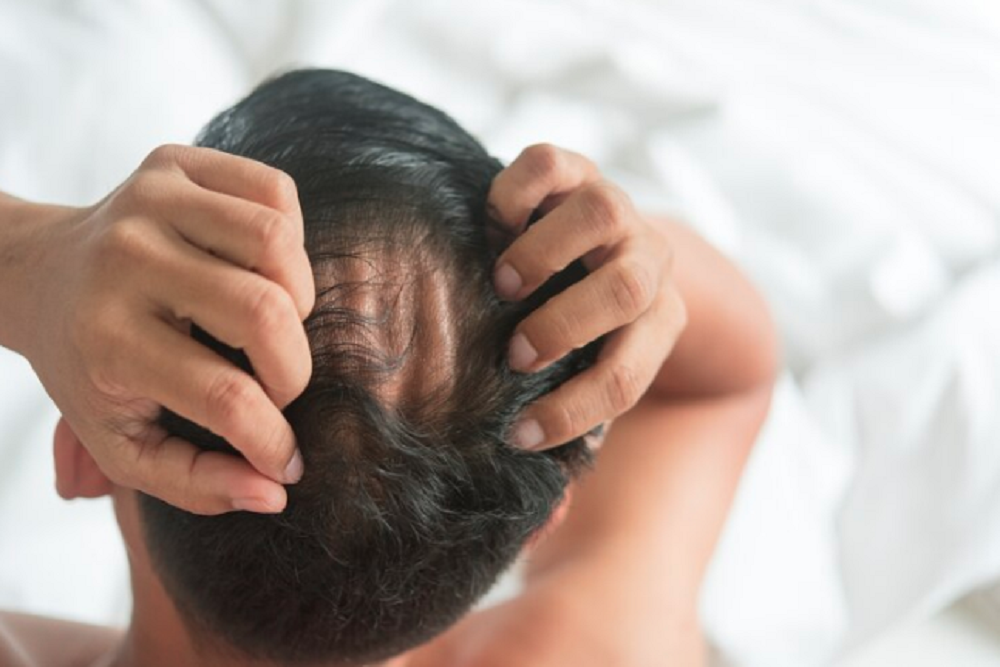
Scarring alopecia is a form of hair loss that occurs when hair follicles are destroyed and replaced by scar tissue. This can result in permanent hair loss as scar tissue lacks hair follicles, the structures responsible for hair production. The blood supply or vasculature also gets compromised.
Examples of scarring alopecias include burns, pseudopelade, frontal fibrosing alopecia, etc.
The extent of hair loss and scarring can vary depending on the underlying cause of the condition. In some cases, hair loss may be gradual, while in others, it may occur rapidly. Medical treatment for these disorders is limited to only limiting the spread of the disease. The damage is irreversible, meaning hair lost in these alopecias can never grow back. Thus, hair transplant remains the only way to grow hair on these patches.
However, graft receptibility is very limited. Hence, only experienced hair transplant specialists in Delhi should take up such cases.
There are certain differences from a conventional hair transplant:
- A skin biopsy is performed to check for the activity of the disease. If the disease is active, then hair transplant is deferred as there are high chances of a result failure. The procedure is undertaken only in biopsy-proven, inactive disease.
- Test patch to check the success.
- Low-density hair transplant as the skin has limited capacity to support the growth of new hair roots. If needed, a second or third pass can be done to enhance the density.
Hair Transplant Technique for Hairline Lowering
There are two main types of hair transplant techniques:
However, surgeons have identified the limitations of traditional hair transplant techniques and done further refinement. Both procedures have their advantages and considerations, and the choice between the two often depends on the individual’s specific needs and the surgeon’s recommendation.
Over the past decade, the FUE technique has been refined by expert hair transplant surgeons at Dr. Haror’s Wellness, with the introduction of the technique of Ultra Receptive FUE. The advancement, in combination with long experience, proper technique, and the latest tools, is oriented towards delivering finer surgical execution and far more predictable hair transplant results.
Challenges in Hair Transplant
Hair transplantation, in general, is a smooth surgical execution but poses challenges in candidates with advanced baldness and a compromised donor area. And that’s why the surgical execution requires the methodology to meet the challenge. A near-to-natural look is demanded by candidates, which only an expert hand can ensure.
Cost of Hair Transplant in Delhi
New Delhi, the capital of India, has become a preferred destination for hair transplant due to its combination of high-quality services, experienced surgeons, and affordable prices. The country’s medical tourism industry is well-regulated, ensuring that clinics adhere to strict standards of safety and quality.
The key advantage of having a hair transplant in Delhi is the cost. The prices are significantly lower than in countries like the United States and Europe, even when considering travel and accommodation expenses. This affordability doesn’t compromise the quality of care, as clinics use the latest technology and techniques of hair transplant.
Choosing a Hair Transplant Clinic in Delhi
It’s essential to research thoroughly when choosing a clinic in New Delhi. Look for clinics that have a good reputation, positive patient reviews, and experienced surgeons. Always consider the clinic where the approach is pro-patient and aftercare services are professional. Good clinics offer comprehensive consultations, personalized treatment plans, and post-operative care. They should also be transparent about the costs and potential risks of the procedure.





